How Old Is Your Cat In Human Years?
This page contains affiliate links. We may earn money or products from the companies mentioned in this post through our independently chosen links, which earn us a commission. Learn More
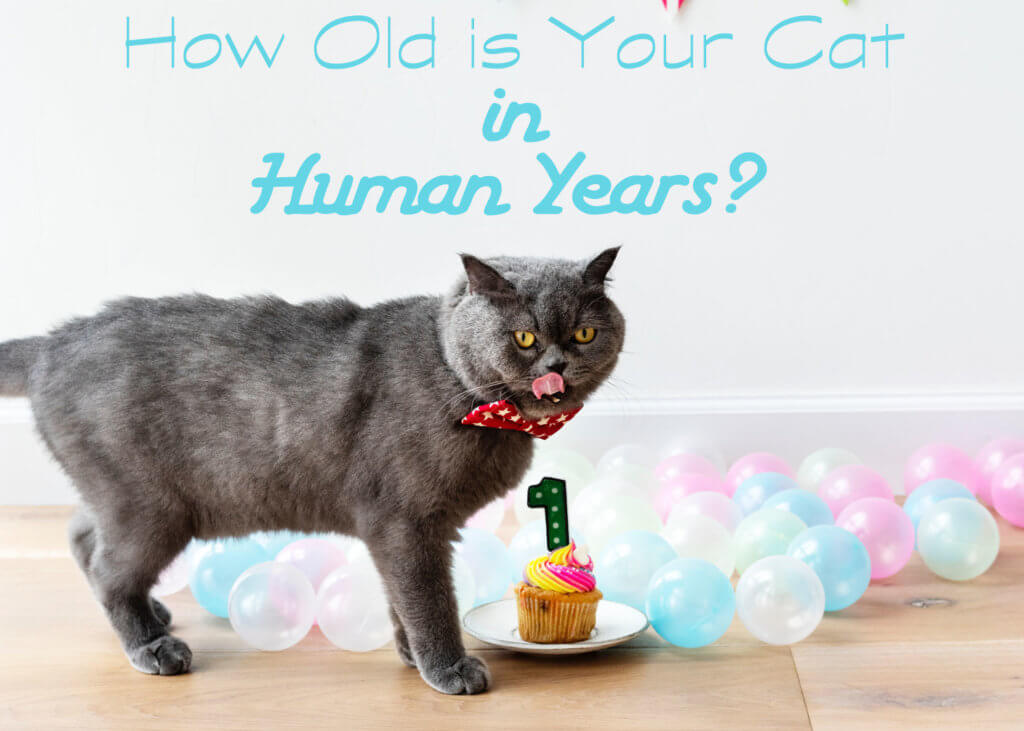
Ever wondered how old your cat is in human years?
The popular myth is that cats (and dogs) age 7 years for every one human year. While this is broadly accepted as fact it is simply not true.
Many cats actually live to be 20, or even older. How many 140 year old people do you know?
What the experts say is that cats and dogs age faster in their early years, and that the pace of aging slows down as the get older.
At six months, a cat is the equivalent of a 15 year old human, and a female cat can already reproduce at this age.
At 1 year of age, a cat’s bones stop growing, and as this occurs in humans at about age 24, we can take it that a one year old cat is the equivalent age of a 24 year old human.
After 1 year, the aging process in cats slows significantly, and they age about 4 years for every 1 of ours.
It should be stressed that this is just a ‘guesstimate’, but it allows us to align the cats stage in the aging process with our own.
The table below gives a rough guide guide to a cat’s age, compared to a human’s.
| Human Years | Cat Years |
| 6 months | 15 |
| 1 | 24 |
| 2 | 28 |
| 3 | 32 |
| 4 | 36 |
| 5 | 40 |
| 6 | 44 |
| 7 | 48 |
| 8 | 52 |
| 9 | 56 |
| 10 | 60 |
| 11 | 64 |
| 12 | 68 |
| 13 | 72 |
| 14 | 76 |
| 15 | 80 |
| 16 | 84 |
| 17 | 88 |
| 18 | 92 |
| 19 | 96 |
| 20 | 100 |
Six Life Stages Of Cats
Kitten
(birth until around 6 to 7 months of age)
During the kitten stage, your cat will go through more physical and mental changes than at any other point in his life.
With so much happening so quickly, it is important to focus on these things to ensure you have a well-balanced, friendly and confident adult cat:
- Nutrition – Kittens have special dietary needs. Feeding high-quality nutrient-rich kitten food is recommended to help them grow into healthy adults. Kittens can be finicky so it is recommended different textures of food be used if they stop eating a food type they previously enjoyed.
- Socialization – Exposing your kitten to different people and situations is necessary for them to grow into well-balanced adults and set a behavioral foundation. Desensitization to cars, vet exams and handling will prevent these situations from causing major stress in the future. Kittens often play rough and it is recommended to adopt them in pairs as their rough play can be too much for adult cats, dogs and humans.
- Litter box – Kittens should be trained to use a litter box.
Junior
(re-productively mature but still growing, typically until 1-2 years old)
Just like with humans, adolescence, or the junior stage, can be a challenging time for cats Cats reach full size and have learned about life and how to survive in their environment. Many cats in the junior stage will experience:
- Wandering – Junior cats who are not spayed or neutered have a tendency to wander as they search for a mate. Ideally, a cat is spayed or neutered as a kitten, but ensuring your cat is spayed or neutered by this stage will help prevent him from running away.
- Litter box – Now that the cat is full grown, it is important to ensure the litter box is the appropriate size and being used properly. Any issues with proper use of the litter box should be addressed immediately to prevent ongoing issues in the future.
Adult or Prime (3 to 6 years old)
Adult cats have established their basic temperament and personality. They don’t need the same time, supervision or nutritional requirements as a kitten. Still, there are a couple important considerations for an adult cat:
- Behavior and activities – Your cat will not be quite as active as when he was a kitten, but he still needs enrichment in the form of regular exercise, mental stimulation and socialization.
- Medical needs – Adult cats benefit from yearly veterinary visits. Special attention to proper weight and dental hygiene is needed to prevent problems as they age.
Mature (7-10 years old)
Cats in the mature stage are the human equivalent of 40-50 years old. Mature cats tend to be less active than adult cats. They may need special considerations based on physical issues. Yearly veterinary exams will help identify arthritis, weight or dental issues, which are more common in mature cats.
Senior (11-14 years old)
In their golden years, cats often sleep more, eat less and are not as active. Pay attention to these special considerations:
- Medical needs – Lab work is typically done at the yearly veterinary visit. It will help the vet identify any underlying issues and maintain a baseline for your pet’s health.
- Diet – Senior cats need fewer calories and less fat. Discuss dietary changes with your veterinarian.
- Activity – Senior pets may need help getting around, especially accessing litter boxes so the height of the box may need to be adjusted. Challenges with sight and hearing are not uncommon.
Geriatric (15 years and beyond)
Geriatric cats inevitably encounter medical issues. Veterinary exams two times a year are recommended at this stage.
Keeping your pet as comfortable and healthy as possible is of upmost importance. While the geriatric stage can last years, be prepared to make difficult decisions about when it is time to say goodbye.
Giving your pet the best care also means recognizing when he is suffering and putting his needs above your own to end that suffering. And your pet deserves love and care after he’s gone, too. Don’t neglect the importance of remembering your beloved companion: plan a memorial service, give proper thought to choosing a pet urn, put together a photo album.
Fun Facts
- Cats live longer than dogs.
- Cats age faster when they are younger, but it slows down as they get older.
- At 1 year of age, cat bones fully stop growing (This occurs in people around 24 years of age).
- The Oldest Cat Ever was a cat from Texas named Creme Puff who was born on August 3, 1967 and died on August 6, 2005 (38 years and 3 days).
- Indoor cats live an average of 15-20 years while outdoor cats live an average of 3-5 years.
- Cats are known to provide purpose for older adults, adding to their longevity.
Conclusion
Putting your cat’s age in human terms can help you understand your cat. There is no easy mathematical solution for associating your cats chronological age with its “human age” equivalent. You also need to consider the breed and what stage of life your cat is in, as well as its size, nutrition, health and living conditions.

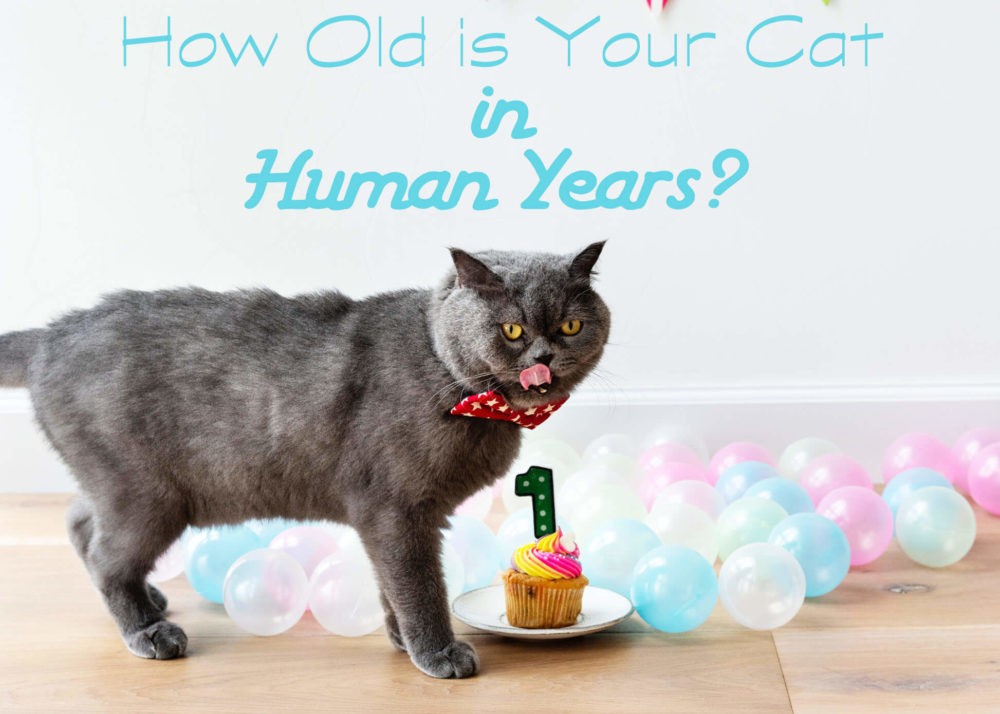
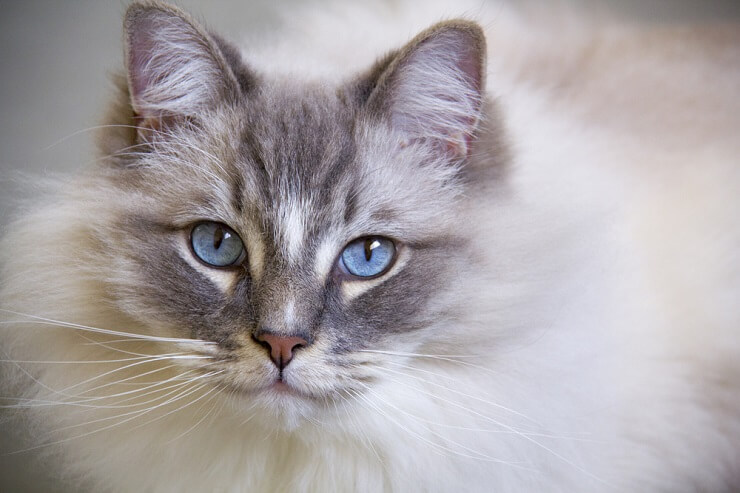
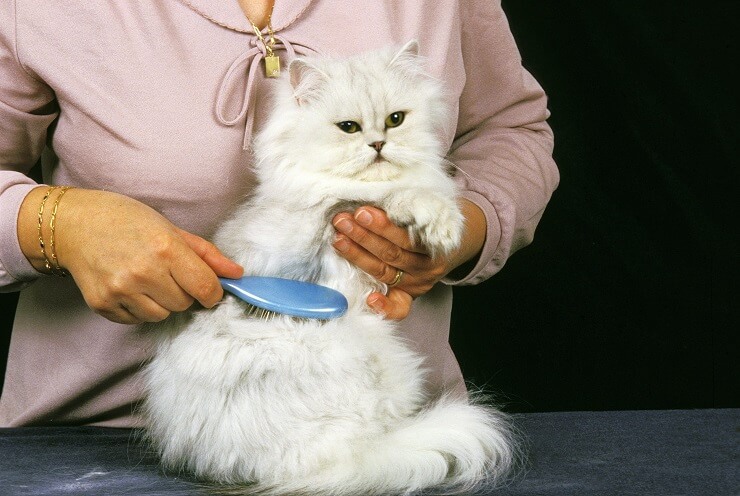
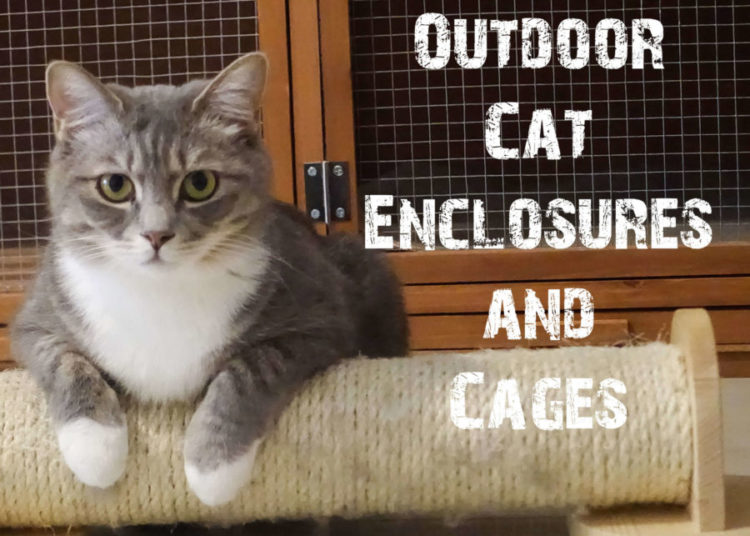
Cathi
This is a very interesting post. I don't know how old can cats live before reading this article. I got many information about the cats by this post. Thanks a lot.